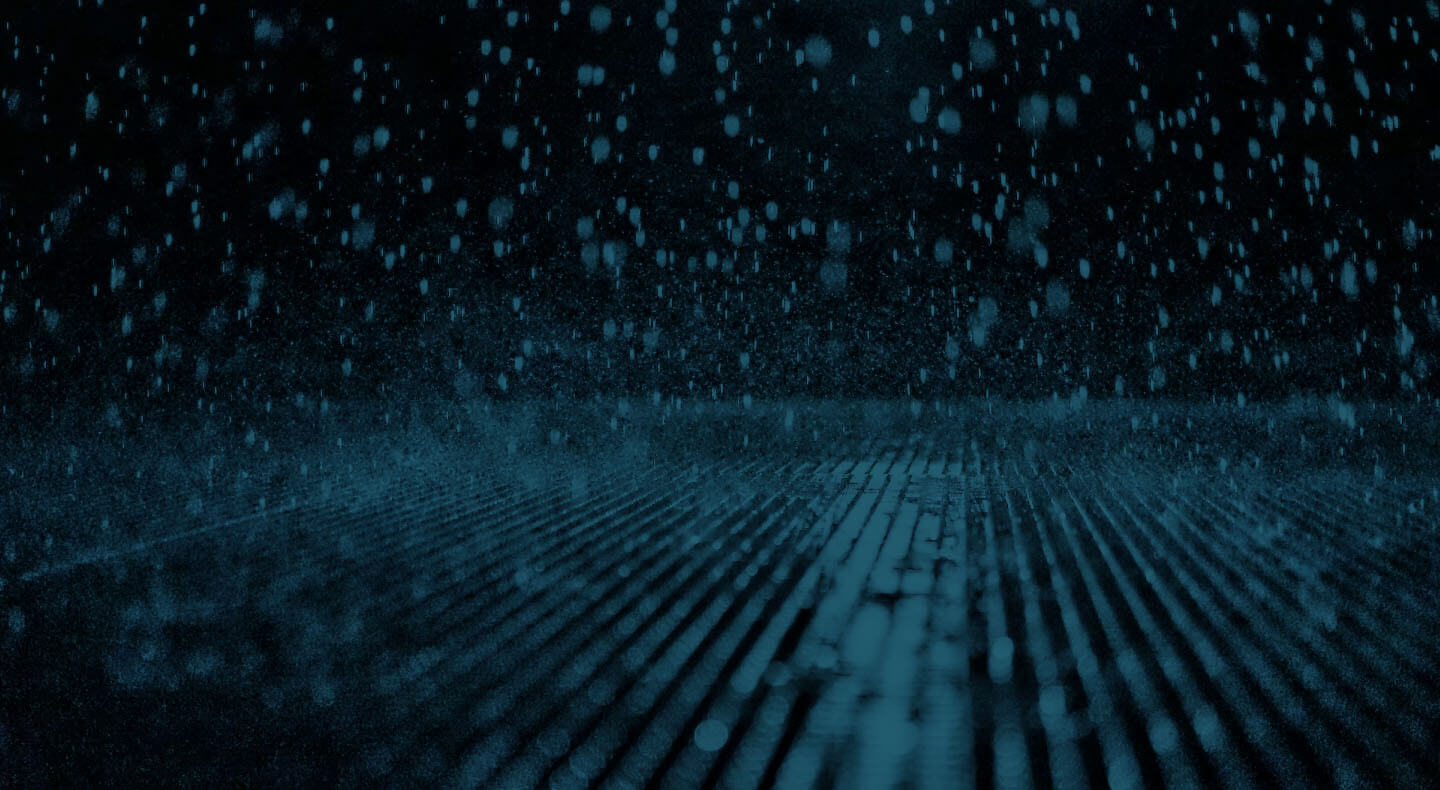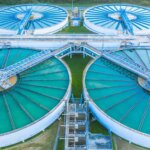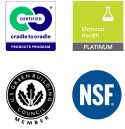Concrete is the #1 building material in the world because of its availability and versatility. However concrete on its own is vulnerable and requires chemical additives to enhance its properties to meet waterproofing and corrosion protection construction standards.
There are quite a few products claiming to provide waterproof concrete, which leads us to how one navigates the differences in these additives.
Over the years there has been much debate and often confusion on the differences between hydrophobic and hydrophilic concrete. Let’s start by reviewing the definitions of both hydrophobic and hydrophilic.
Hydrophobic = Water Hating
The term hydrophobic comes from two Greek words: hydro and phobic. The word hydro means water, while the word phobic means hate.
Hydrophilic = Water Loving
The word hydrophilic is also Greek. When broken down the word philic means loving. Hydrophilic is any substance that is drawn to water. Therefore, hydrophilic means water loving.
Now that we have the clear definitions of these two words, (hydrophobic = water hating and hydrophilic = water loving), we can now discuss how this directly relates to concrete construction.
Hycrete’s Hydrophobic Products Keeps the Water Out
Hydrophobic chemical additives such as Hycrete block the ingress of water and chlorides by forming water-insoluble polymers which plug the pores and capillaries in concrete. The chemical reaction of Hycrete takes place immediately when electronically dosed to the concrete reacting with the metallic ions naturally found in the concrete mix. It also bonds to the surface of steel reinforcements, creating a protective layer that shields the rebar from corrosion. This allows Hycrete to provide both waterproofing and corrosion protection. Because Hycrete blocks the water from even entering the concrete it also can withstand high hydrostatic pressure when constructing below the water table.


Hydrophilic Crystal Growth Products Require Water to Perform
Hydrophilic chemical additives such as crystal growth products require the absorption of water to perform. So, you might ask, how can hydrophilic chemical additives waterproof concrete if it needs the absorption of water to grow the crystals? Simply put hydrophilic additives function as a concrete densifier and only slow the ingress of water. This water also brings in chlorides, eventually leading to corrosion of the concrete and the steel reinforcements. Hydrophilic crystal growth products will continue to grow over time but will eventually hit its growth capacity never fully filling the pores and capillaries naturally found in concrete. This is a very important distinction between the two types of concrete chemical additives.

Hycrete Provides Long Term Sustainable Benefits
Both hydrophilic and hydrophobic concrete chemical additives are recyclable at the end of the structure’s life however, only the Hycrete hydrophobic additive elongates the life span of the structure. Hycrete admixtures provide more durable waterproofing approaches, and more durable structures. The most sustainable structure is the one you don’t have to rebuild.

Click here to learn more about Hycrete’s Hydrophobic products and sustainability benefits.
Click here to read the independent testing data on Hycrete.










